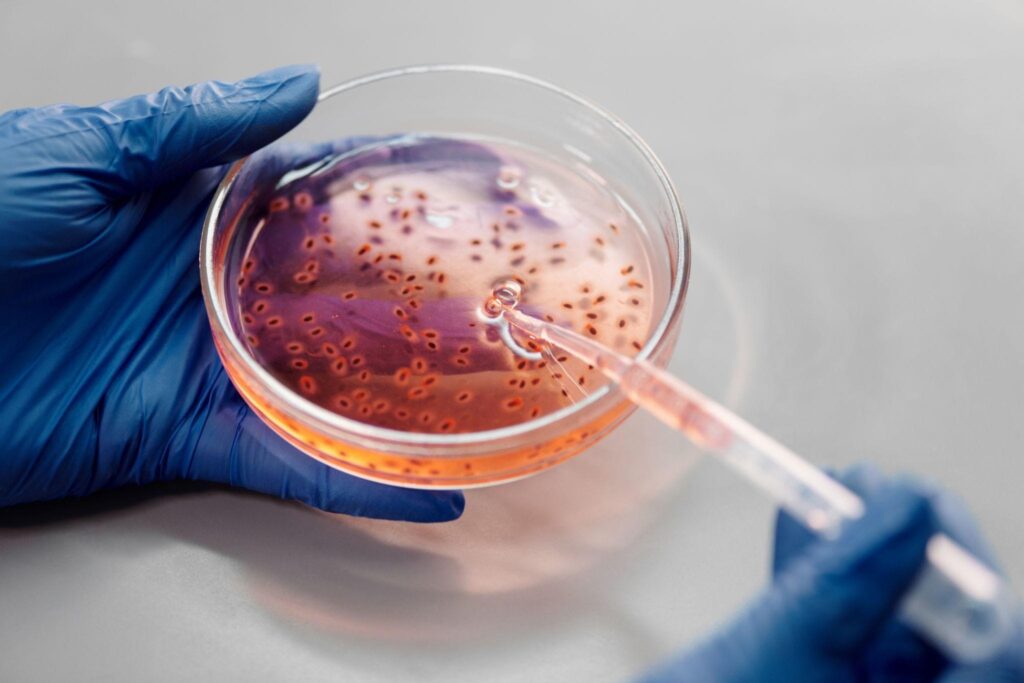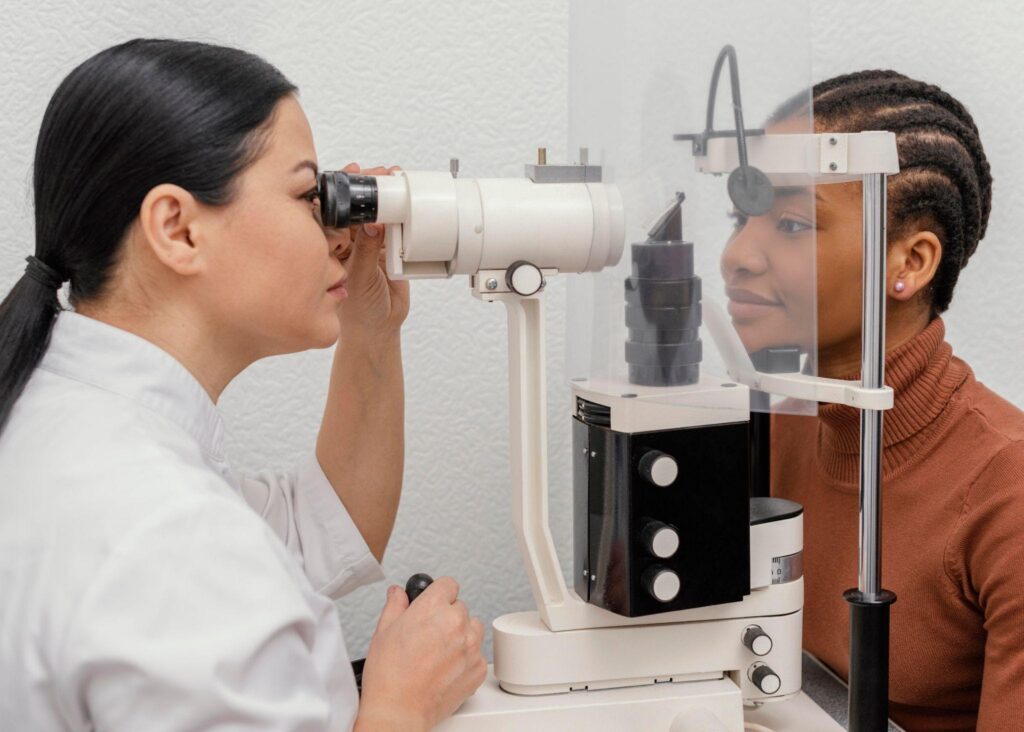Ever since the CRISPR/CAS-9 technique was discovered and later on, when its miraculous uses were brought to light, it has kept on surprising the scientists due to its potential.
This wonderful technique is indeed going to help solve several mysteries related to life and would unravel the causes behind several impossible diseases and problems that are prevalent in the world today. The CRISPR/CAS-9 technique would indeed prove to be a great help for the scientists and researchers in working out their ways through a myriad of common fields in the society, ranging from medicine to agriculture to treating humans to making animals and their health better.
This technique is based on genetic or genome editing. By applying this tool, a particular genome of interest could be altered and manipulated easily. This way, the DNA of that genome could be changed, enhanced, or reduced, depending on whatever change is needed to be applied on that particular DNA strand.

So far, the CRISPR/CAS-9 technique has only been applied to research material and only experimentations have been conducted to find out more about its potential.
Conducting experiments on human beings has always posed a risk and several restrictions – moral, ethical, and individual-based are always required to be kept in check before carrying out any experiment that has not yet been conducted on humans to date.
The CRISPR/CAS-9 Technique and Human Experimentation
As of the last reports received, the CRISPR/CAS-9 technique was infused into cells that were taken out from the human body and after getting the required modifications and changes done, were placed back inside the body. Using this mode of therapy, certain diseases and conditions such as cancer, obesity, malaria, viral diseases, etc. were treated successfully.
No reports regarding any human-based experimentation, that is, where the humans were directly made to experience the change through this technique, had been reported back then.
However, there are some diseases such as those suffering from Dementia, Alzheimer’s, Huntington’s, etc. in which the diseased or affected cells could not be extracted out from the body for their manipulation. This is when the discussions started revolving around using the CRISPR/CAS-9 technique on human beings, inside their bodies, and not through the usual, infusion method.
First CRISPR/CAS-9 Technique Experimentation on Blind Patients
This first, breakthrough research project is currently underway and taking place under the supervision of Editas Medicine of Cambridge, Massachusetts, and Allergan of Dublin, both of which are well-known biotech companies. The research is taking place at the Oregon Health and Science University, in the USA.
This condition is being carried out on blind individuals, who are suffering from a variant of a disease called Leber Congenital Amaurosis. This disease is congenitally present in newborns and is known to be one of the most common causes that cause childhood blindness in children.

In this disease, the light-sensitive cells of the retina are affected due to a genetic mutation present in them. These light-sensitive cells are responsible for imparting normal vision to the eyes, but since they are affected, the person has to ultimately face blindness for the rest of their life.
In this study comprising 18 individuals, ranging from children to adults, an injection consisting of the CRISPR/CAS-9 technique in a medication form, would be delivered directly to the affected light-sensitive cells of the retina. This would help the CRISPR/CAS-9 to be infused directly with the gene ‘CEP290’ present in the diseased cells and alter the mutation that had originally caused the blindness in the first place.
Using this CRISPR/CAS-9 technique, it is hoped that the people would be able to regain some percentage of their vision by restoring the somewhat normal protein levels, which in turn would cause the person to perceive a little ‘sense of light’, finally resulting in the perception of vision, would enable them to look properly at the world around them.
So far, this trial is still underway and results are awaited to predict the authenticity and success of the procedure.
Would CRISPR/CAS-9 Have Beneficial Impacts On The Human Body In The Long Term?
Since the CRISPR/CAS-9 technology has only been used manually and under strict control measures taken by the scientists and researchers themselves, it is often considered a matter of controversy and hesitation when it comes to directly interact the human body with CRISPR/CAS-9 and that too, with uncontrolled or unchartered access to the whole body.
Even though the human body is composed of trillions of cells, an effect could easily get transferred to the whole body, and impact it as a whole irrespective of the fact that the change was meant to be induced in a single cell or a specified group of cells.
This controversy is what is preventing the scientists from taking a blind leap of faith in the potential and capabilities of the CRISPR/CAS-9 technique because even when it has displayed highly beneficial properties for the human genome, we do not know for sure if they would remain to be beneficial under special circumstances like these or not.
Therefore, because of this reason, it is currently hoped that the CRISPR/CAS-9 technique would indeed be used inside the human body for preventing and treating certain conditions and illnesses, but this would happen in the future.
For now, it is okay to suffice with the CRISPR/CAS-9 technique undergoing extensive research and trials to discover its safety margins and the levels to which it could demonstrate its efficacy while staying within its designated limits. This step would be encouraging and would motivate the people to opt for this therapy once it gets introduced on a therapeutic level.
Conclusion:
The results obtained from the practical implementations of the CRISPR/CAS-9 technique have so far remained successful and provide a hope that once applied directly to the human body, would indeed continue providing the same level of successful results.
Currently, only one trial is underway which would help blind people see for the first time in their lives. If this proves to be successful, then further trials are bound to take place to help the diseased people lead healthy and normal lives.
References:
- Lino, C. A., Harper, J. C., Carney, J. P., & Timlin, J. A. (2018). Delivering CRISPR: a review of the challenges and approaches. Drug delivery, 25(1), 1234–1257. https://doi.org/10.1080/10717544.2018.1474964
- Rodríguez-Rodríguez, D. R., Ramírez-Solís, R., Garza-Elizondo, M. A., Garza-Rodríguez, M. L., & Barrera-Saldaña, H. A. (2019). Genome editing: A perspective on the application of CRISPR/Cas9 to study human diseases (Review). International journal of molecular medicine, 43(4), 1559–1574. https://doi.org/10.3892/ijmm.2019.4112
- Wu, S. S., Li, Q. C., Yin, C. Q., Xue, W., & Song, C. Q. (2020). Advances in CRISPR/Cas-based Gene Therapy in Human Genetic Diseases. Theranostics, 10(10), 4374–4382. https://doi.org/10.7150/thno.43360
- Kang, X. J., Caparas, C., Soh, B. S., & Fan, Y. (2017). Addressing challenges in the clinical applications associated with CRISPR/Cas9 technology and ethical questions to prevent its misuse. Protein & cell, 8(11), 791–795. https://doi.org/10.1007/s13238-017-0477-4
- Hsu, P. D., Lander, E. S., & Zhang, F. (2014). Development and applications of CRISPR-Cas9 for genome engineering. Cell, 157(6), 1262–1278. https://doi.org/10.1016/j.cell.2014.05.010
